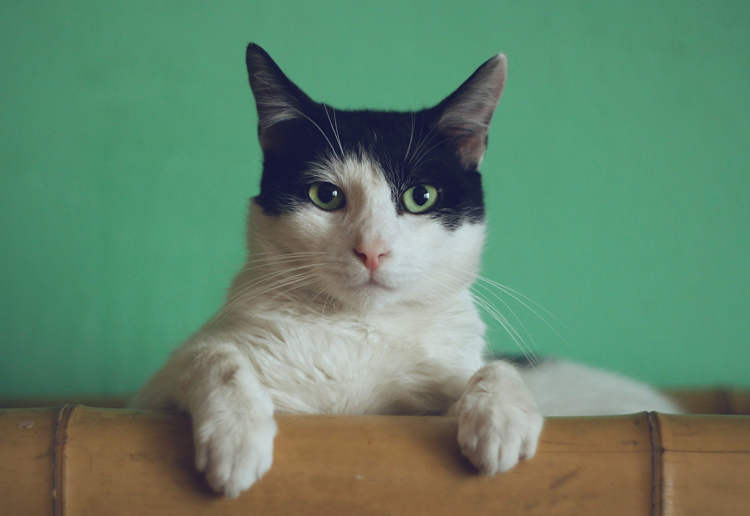It’s funny how a cute and furry pet in one part of the world can be considered a delicacy in another. But that’s exactly what guinea pigs are in the small town of Huacho in Peru. In fact, they have a whole festival dedicated to dressing up and cooking the hairy rodents – The Festival of the Guinea Pig, or as the Peruvians call it, the Cavies.
As a part of the festival that has been around since the mid-2000s, guinea pigs are dressed up as kings, miners, peasants, traditional folk singers and also in modern costume for fashion shows. There are prizes for best costume, so every effort is made to impress judges during the show. As cute as they may look in their little outfits, it’s disturbing to know that sometimes, in an effort to make the costumes stay on the guinea pigs, the people of Huacho do not hesitate to use staples. Prizes are handed out for the biggest, fastest, best-dressed and even the tastiest animal of all. Because once the parade is over, it’s time to eat the models! The guinea pigs are taken out of their costumes and cooked in various ways, like baking, frying, or roasting on an open flame. The locals love their cavies served whole on a plate – complete with the heads, guts, paws and even claws. Garnishes include tomatoes, cucumbers, Andean potatoes, and large Peruvian corn calledchoclo. And the best way to eat the animal, according to the Peruvian folk, is to pick up the entire guinea pig and simply suck the meat off the bones. A single dish of whole fried or baked guinea pig with all the garnishes costs approximately $7. According to festival visitor, Juan Rojas, “Guinea pig meat is very nourishing and contains lots of vitamins and other things.” Native to the high Andes, the meat of guinea pigs is considered to be low in fat and an important source of protein.

Read More »




















